We are pleased to publish a part of the thermal rangefinding scopes review, including Axion LRF XQ38.
Stalking at night is one of the most exciting types of hunting I have tried so far and, as with many other situations, the right gear can really make the difference between success and failure. So, after my first night stalk failure, I obviously went back home and upgraded my gear with a thermal spotter and an infrared riflescope. This combination was a big investment, but also a quite deadly combination, giving me two different types of electronically enhanced vision to maximize both detection and recognition.

Despite the enhanced vision and good success in my night stalking, I still struggled to judge distances correctly at night. It is as if my sight loses all frame of reference in the darkness - I'm not quite sure if an animal is small and standing at a 50 m distance, or big and standing 150 m away. For calm spotting on feeding sites at a known distance with a limited view, this is not really an issue in my opinion. But when you are stalking in open fields, knowing the actual distances to the game is an important factor.
So why not just use a laser rangefinder? The technology actually works quite well in darkness, but the obvious problem is that you can't really see the objects you are pointing at in the pitch black. The right solution is simply to combine your existing night gear (either your riflescope or spotter) with a laser rangefinder.
TEST OVERVIEW
I have previously tested both thermal and infrared scopes with built-in rangefinders, but in the autumn of 2020, I received two very handy thermal spotters with rangefinders for practical testing in the field. Pulsar supplied an Axion XQ38 LRF. The device is handy enough to slip right into your pocket and be used for quick spotting and distance measurement (even during daytime).
The addition of a rangefinder is a great assistance for some types of night hunting, but in general, you will not find that the rangefinders with integrated night gear match the best performing daytime rangefinders — by comparison, they will probably end up near the bottom of the scale. This is not due to bad will from the manufacturers; it is simply because the lack of need for rangefinding across huge distances does not justify the added price tag. The same rule applies to the rangefinder used in this device.
PULSAR AXION LRF XQ38
Pulsar's Axion series has a very handy form factor and is priced in the mid-range of the thermal spotter market. Their QX38 LRF matches the XQ38 completely in size and specs, with the addition of a laser rangefinder and the unfortunate removal of WIFI and video- and photo-recording features. Its thermal capabilities are good, but not quite as sharp as its big brother, the Helion XP and Accolade XP series.
The Axion XQ38 LRF uses a sensor with 384x288 pixels at 17µm pixel pitch and a 40 mK temperature sensitivity. This is a good microbolometer from Pulsar's new Sensor Series 2 range, giving a very good performance even when the conditions are foggy and not optimal for thermal equipment.
I tested both the XQ38 and the LRF model and did not find the sensitivity quite as impressive as I had expected. Bear with me, I have been spoiled by the Helion 2 XP50 spotter.

SCREEN
The screen is pixels of the AMOLED type for crisp colours and clarity. It has a very good viewbox that takes up a good proportion of your sight. Pulsar are experts in making an eyebox that naturally takes up your view, that is easy to adjust and that is visible from a range of distances and angles. I have never come across any other manufacturers able to do the same, and the Axion XQ38 is no exception to this rule.
HOUSING
The LRF version has the same basic form factor as the Axion XQ38 model, but with a fully integrated laser rangefinder on the left side of the magnesium body. Obviously, this addition makes it a bit larger, but in normal use, I actually find that it is easier to hold on to because your thumb rests naturally on the back of the rangefinder. I found it was very easy to handle, even in pitch-black conditions.
RANGEFINDER
A short press on the 'down' button activates the rangefinder functionality. It supports taking a single measurement at the touch of a button and a continued measurement for a prolonged session, where the game moves and you want to follow the closing distance. At nighttime, I did not find it hard to use or read the measurements, even with thin gloves on. The integrated rangefinder is pretty accurate and speedy during daytime, but it struggles a bit finding long distances.
STANDBY
This spotter performs a cold boot in about five seconds, with full functionality available. A long push on the 'standby' button brings it back to off mode and a short one will put it in sleep mode. A single short press will bring it back to life instantly.
SOFTWARE
The Pulsar operating system is quick and very responsive. The menus are easy to navigate and come in 33 languages. You can toggle between three existing view profiles as well as your own customized one. For further customisation, you can switch the colour scheme between the eight different palettes available. The OS supports picture-in-picture mode, with a magnified image of the area around the crosshair placed top-center, giving extra details without losing the overview of the scene as a whole.

BATTERY
The Axion series uses the new APS5 battery system, giving seven hours of runtime and the ability to easily replace it in the field with a fresh one. I actually managed to do this quite easily in darkness, thanks to a pretty well-designed system! You can use a powerbank, connected via a USB Type-C socket, as an external power source. The supplied charger has been upgraded to a fast-charging one and can take two batteries in a single go.
OTHER THOUGHTS
The added laser rangefinder, unfortunately, comes at a cost: the WIFI support has been removed, and you cannot record photos or videos with this version of the Axion device. If you desperately need a rangefinder but look for a better performance from the sensor (and money is not an issue), I'd recommend you go for the Accolade 2 LRF with its state-of-the-art 640x480 sensor.
PROS
- Easy to grab and hold right, even in darkness
- Software easy to use
- Battery high capacity and changeable in field
- Fast charge of battery
- Price range is quite good for the features
CONS
- Not blown away by the thermal sensitivity
- Miss video and WIFI capability
You can find the whole review on rifleshootermagazine.co.uk.
 Thermion 2 LRF XL50
Thermal Imaging Riflescope
Thermion 2 LRF XL50
Thermal Imaging Riflescope
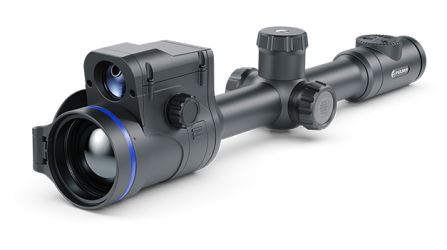 Thermion 2 LRF
Thermal Imaging Riflescopes
Thermion 2 LRF
Thermal Imaging Riflescopes
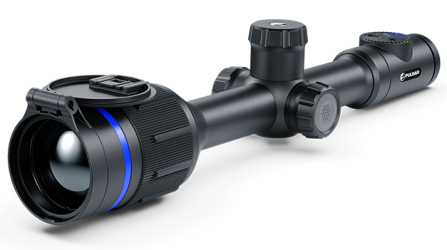 Thermion 2
Thermal Imaging Riflescopes
Thermion 2
Thermal Imaging Riflescopes
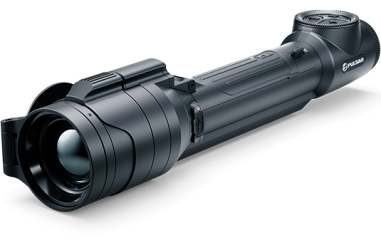 Talion
Thermal Imaging Riflescopes
New
Talion
Thermal Imaging Riflescopes
New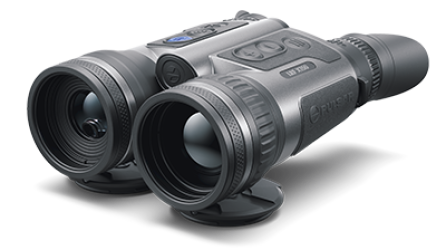 Merger LRF XT50
Thermal Imaging Binoculars
Merger LRF XT50
Thermal Imaging Binoculars
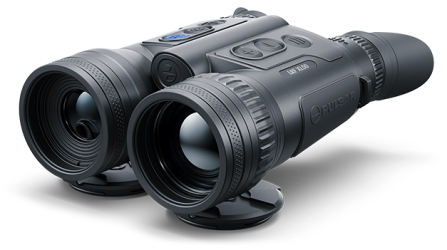 Merger LRF XL50
Thermal Imaging Binoculars
Merger LRF XL50
Thermal Imaging Binoculars
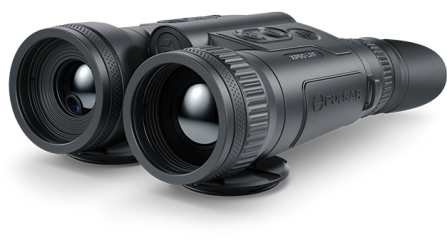 Merger LRF XP50
Thermal Imaging Binoculars
New
Merger LRF XP50
Thermal Imaging Binoculars
New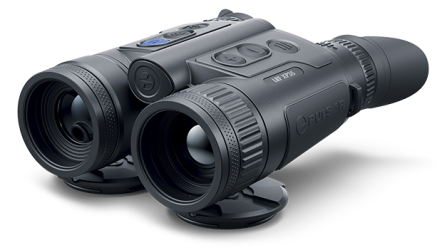 Merger LRF XP35
Thermal Imaging Binoculars
Merger LRF XP35
Thermal Imaging Binoculars
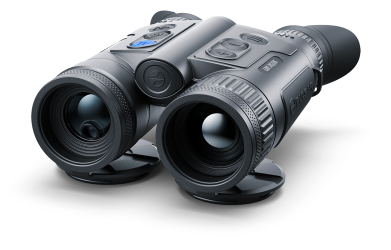 Merger LRF XQ35
Thermal Imaging Binoculars
New
Merger LRF XQ35
Thermal Imaging Binoculars
New Telos
Thermal Imaging Monoculars
New
Telos
Thermal Imaging Monoculars
New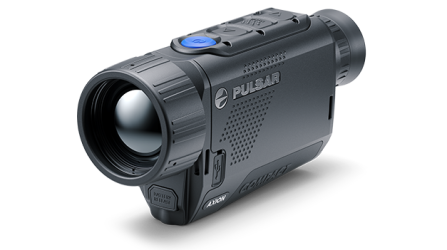 Axion Compact
Thermal Imaging Monoculars
Axion Compact
Thermal Imaging Monoculars
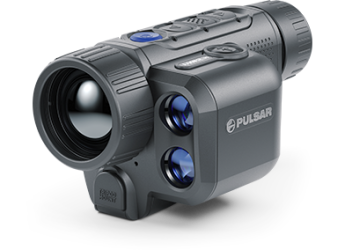 Axion 2 LRF
Thermal Imaging Monoculars
Axion 2 LRF
Thermal Imaging Monoculars
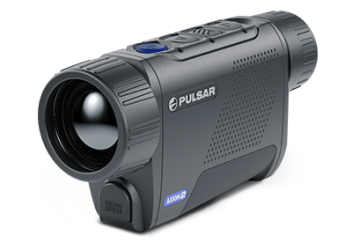 Axion 2
Thermal Imaging Monoculars
New
Axion 2
Thermal Imaging Monoculars
New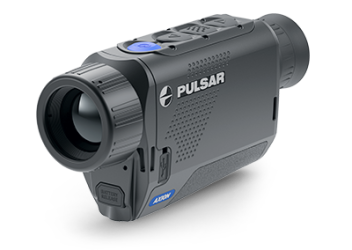 Axion XQ30 PRO
Thermal Imaging Monoculars
Axion XQ30 PRO
Thermal Imaging Monoculars
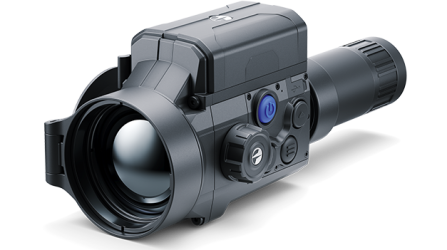 Krypton 2
Thermal Imaging Monocular
Krypton 2
Thermal Imaging Monocular
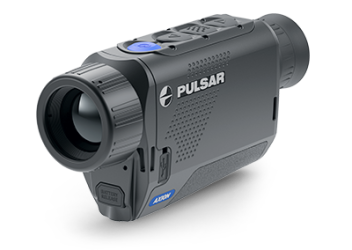 Axion XM30F
Thermal Imaging Monoculars
Discontinued
Axion XM30F
Thermal Imaging Monoculars
Discontinued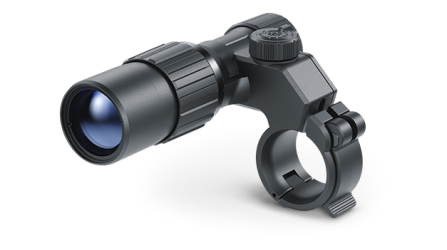 Pulsar Digex-XS
External Infrared Illuminators
Pulsar Digex-XS
External Infrared Illuminators
 APS Batteries
Battery Packs
APS Batteries
Battery Packs
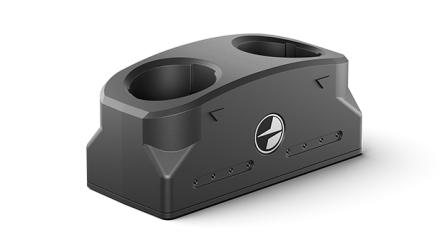 APS Chargers
Battery Chargers
APS Chargers
Battery Chargers
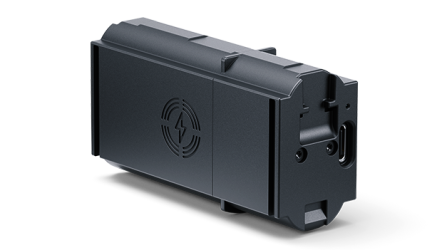 LPS 7i Battery Pack
Battery Packs
LPS 7i Battery Pack
Battery Packs
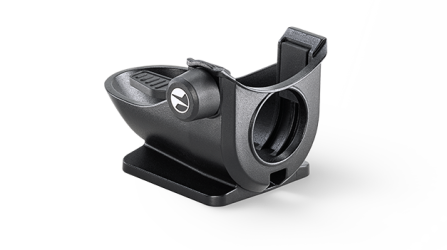 Telos LRF Tripod Adapter
Pulsar Accessories
Telos LRF Tripod Adapter
Pulsar Accessories
 IPS Batteries
Battery Packs
IPS Batteries
Battery Packs
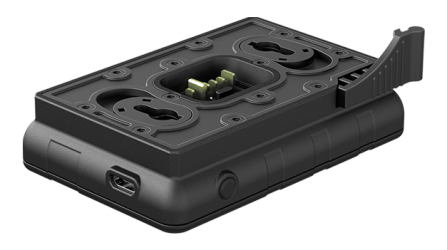 IPS Battery Charger
Battery Charger
IPS Battery Charger
Battery Charger
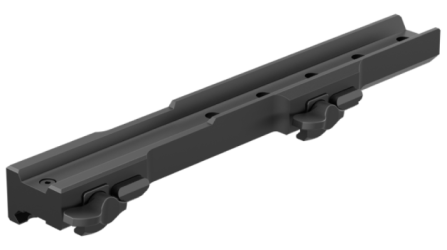 Rifle Mounts
for Pulsar Riflescopes
Rifle Mounts
for Pulsar Riflescopes
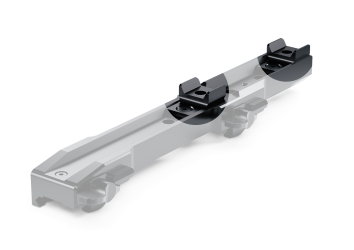 H7 Spacers
Repair Kits
New
H7 Spacers
Repair Kits
New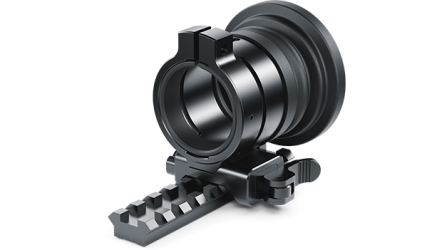 PSP-V Weaver Rail Adapter
Adapter
PSP-V Weaver Rail Adapter
Adapter
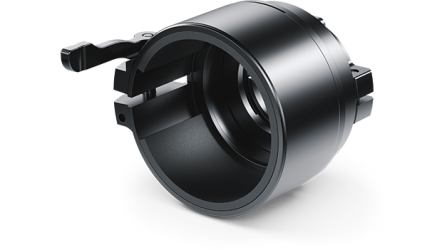 PSP Ring Adapters
Adapters
New
PSP Ring Adapters
Adapters
New PSP-B Ring Adapters
Ring Adapters
PSP-B Ring Adapters
Ring Adapters
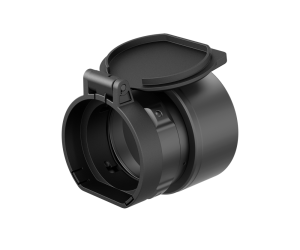 FN Adapters
Cover Ring Adapters
FN Adapters
Cover Ring Adapters
 Remote Controls
for digital devices and thermal imagers
Remote Controls
for digital devices and thermal imagers
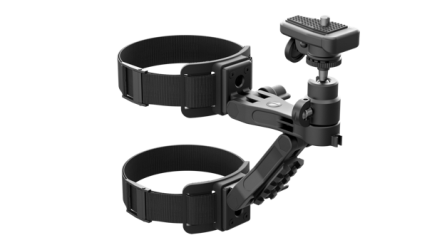 Tree mount
Pulsar Accessories
Tree mount
Pulsar Accessories
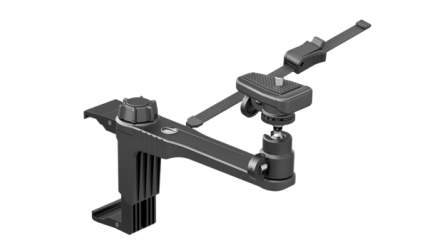 Window Frame Mount
Pulsar Accessories
Window Frame Mount
Pulsar Accessories
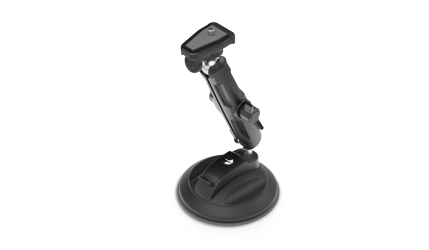 Flat Glass Mount
Pulsar Accessories
Flat Glass Mount
Pulsar Accessories
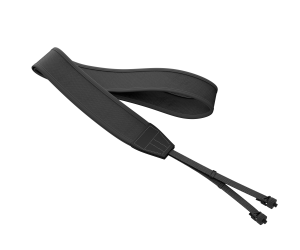 Neck Straps
Accessories
New
Neck Straps
Accessories
New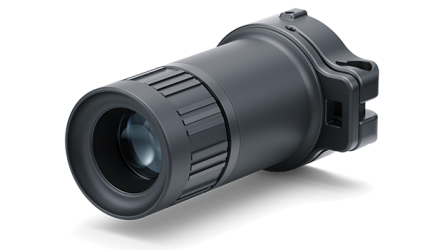 Monocular Pulsar 3x20 B
Accessories
Monocular Pulsar 3x20 B
Accessories
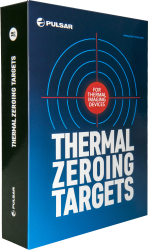 Thermal Zeroing Targets
Accessories
Thermal Zeroing Targets
Accessories









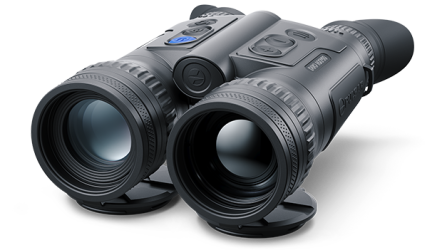
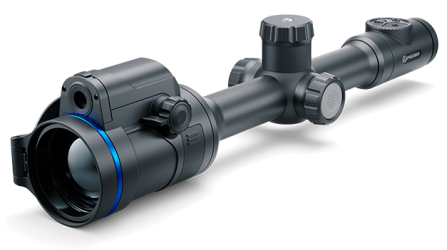
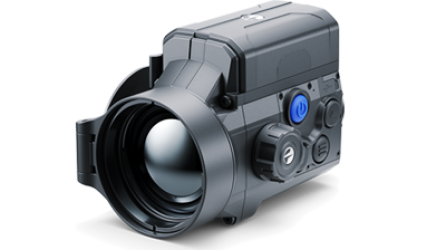
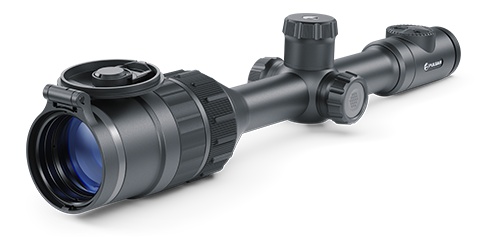
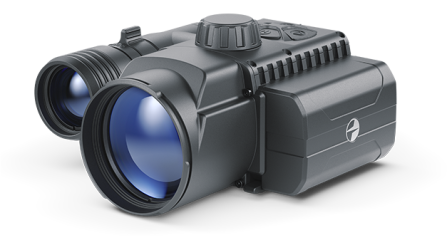
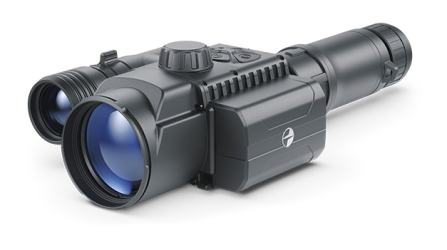



 English
English German
German French
French Spanish
Spanish Italiano
Italiano English
English Lietuvių
Lietuvių


